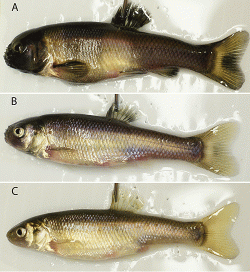The following post is one of a series previewing the research that will be presented at the in Rome, Italy (13-17 May 2018).
A guest post by Gemma Giménez Papiol
How do toxic natural compounds such as microalgae toxins or plant secondary metabolites affect water quality, ecosystem functioning, and human health? For the majority of natural toxins—of which there are at least 25,000 different compounds—we do not know! Natural toxins include some of the worlds’ most toxic substances. Continue reading

